What Is Top Dressing: Best Top Dressing For Lawns And Gardens
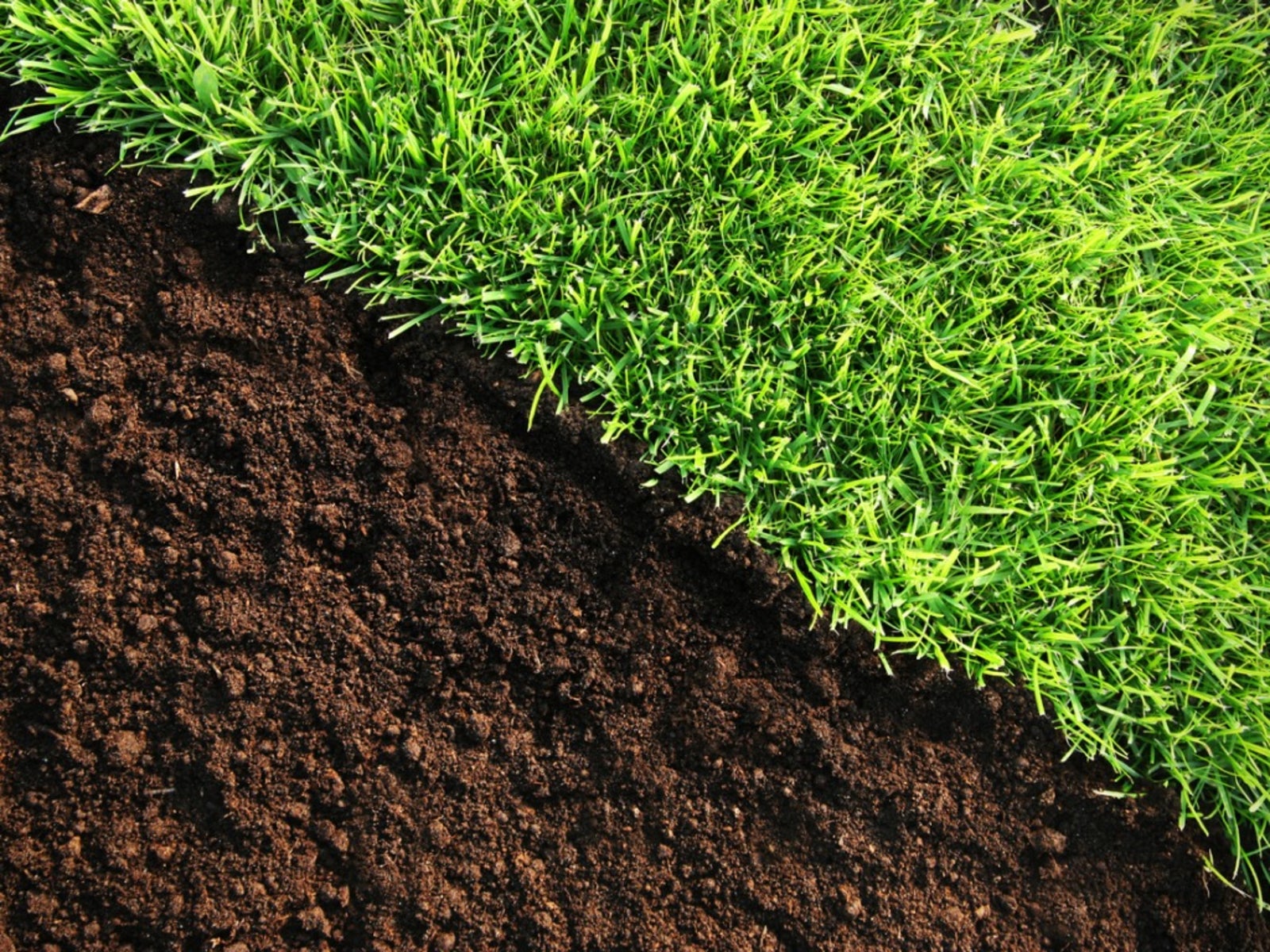
It may not be a common issue, but lawn and garden top dressing is occasionally something that needs to be addressed, especially when top dressing a lawn becomes necessary. So exactly what is top dressing? Continue reading to find out how to apply lawn top dressing in the landscape as well as the best top dressing for lawns and gardens.
What is Top Dressing?
What is top dressing? Top dressing is an application of a thin layer of soil over a turfgrass area and is used to smooth and level the surface or to modify the soil condition, usually no more than ¼ to ½ inch (6 mm. to 1 cm.). Top dressing is also used to control thatch, protect from extreme temperatures, and amend the soil medium around the roots. If the improvement of the soil is the goal, it is best to aerate prior to broadcasting the top dressing. Generally, it is used on golf greens and athletic fields to even the surface for play. Top dressing is not usually implemented on home lawns as it is quite pricey, however, it may be suitable for use in extremely wet or bumpy areas.
Best Top Dressing for Lawns and Gardens
The selection of the correct top dressing is extremely important in order to match the underlying soil and prevent layering. If unsure of the composition of your soil, it may be advisable to collect a sample for analysis or consult a landscaper or reputable lawn care service. Your local extension office can also be of help. Inspect the top dressing for debris, such as large rocks or weeds. Avoid chemically tainted agricultural soil that can kill turf. Compost is not recommended, as it may “smother” the roots. An organic soil, such as “Black Dirt” or dry sand will prevent water from penetrating too deeply and drowning the grass.
Amount to Use When Top Dressing a Lawn
When ordering top dressing, first determine the surface area and multiply by the depth of top dressing desired, generally, 1/8 to ¼ inch (3-6 mm.). Some extremely fertile, fast-growing grass areas need a thicker layer of top dressing and require top dressing more often. For example, one half cubic yard (0.4 cubic m.) of top dressing is needed to broadcast a 1/8 inch (3 mm.) layer over an area 10 feet by 100 feet (3 m. by 30 m.).
How to Apply Lawn Top Dressing
Professionals usually use a top dresser that is self-propelled and mounted on a utility vehicle. To top dress at home, the gardener should use a large spreader or shovel to fling the top dressing material. The top dressing material should be fairly dry to ensure ease and proper coverage too. Half the height of the grass blades should be visible to avoid killing the turf due to lack of sunlight. On larger areas, aerate the soil to mix the top dressing and existing soil. This improves water absorption from the surface to the sub soil. Use top dressing only during active growth periods (fall or spring) and not when it is hot and dry or during dormant turf phases. Top dressing cannot improve lawns affected by poor drainage and other built-in problems but has been shown to be beneficial in correcting matted turf, protecting against severe winter weather, improving water and nutrient retention, and alleviating disease and weeds.
Gardening tips, videos, info and more delivered right to your inbox!
Sign up for the Gardening Know How newsletter today and receive a free copy of our e-book "How to Grow Delicious Tomatoes".

Amy Grant has been gardening for 30 years and writing for 15. A professional chef and caterer, Amy's area of expertise is culinary gardening.
-
 Looking For Plants To Give You The Soft And Fuzzies? Try These 5 Fuzzy Leaf Plant Options
Looking For Plants To Give You The Soft And Fuzzies? Try These 5 Fuzzy Leaf Plant OptionsLovers of texture, drama, silver foliage and tactile plants will adore these special sensory garden additions. These fuzzy leaf plant options will leave you all aglow
By Susan Albert
-
 Get Ready For A Summer Of Hummers! Grow These Full Sun Hummingbird Plants and Flowers
Get Ready For A Summer Of Hummers! Grow These Full Sun Hummingbird Plants and FlowersIf you’re lucky enough to enjoy a sunny backyard, make sure you are maxing out on your pollinator opportunities and grow these full sun hummingbird plants and flowers
By Tonya Barnett
-
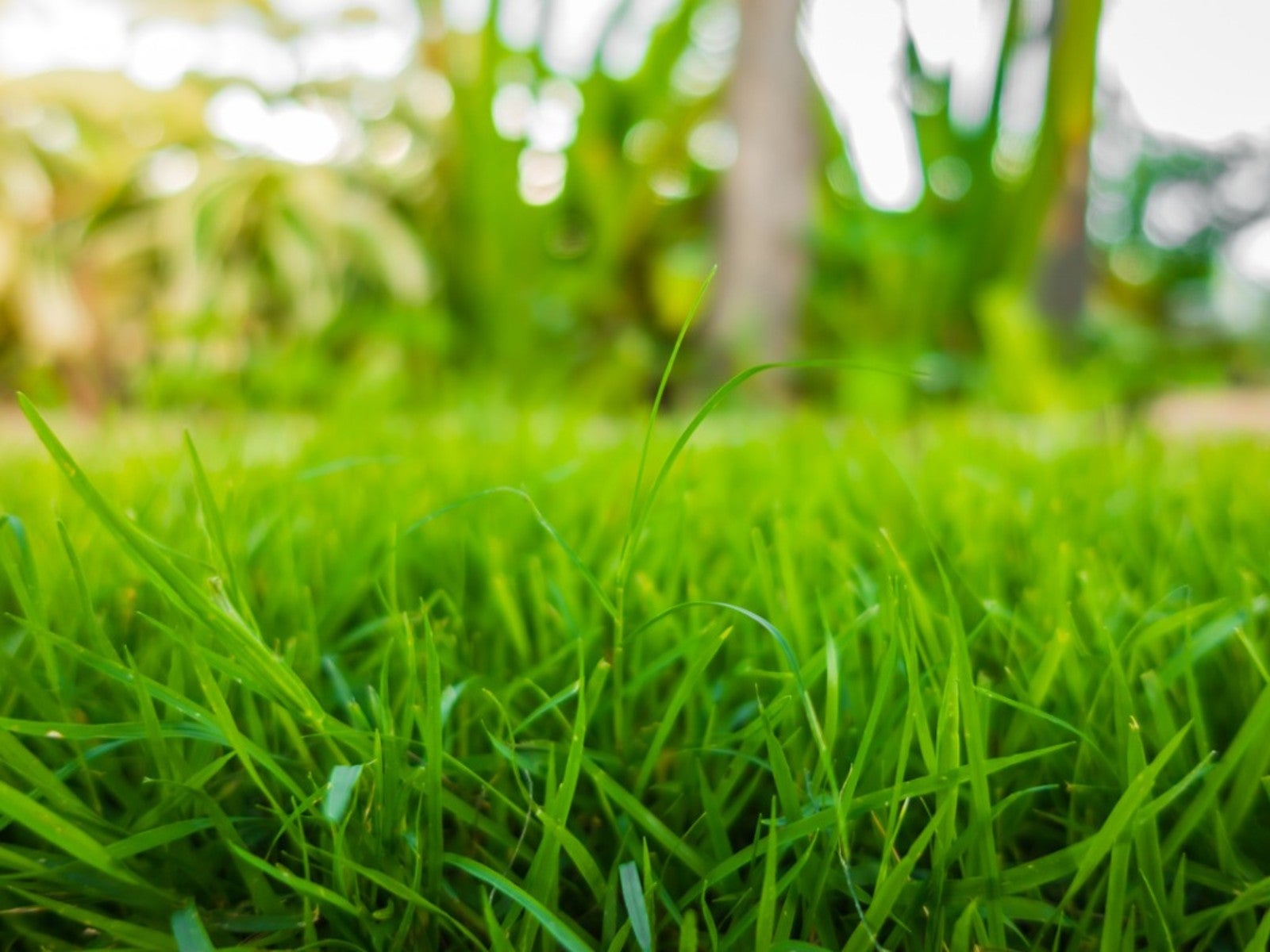 Sustainable Turf Species For A Greener Lawn
Sustainable Turf Species For A Greener LawnClick here for some of the most sustainable types of turf grass you can grow for an eco-friendly lawn.
By Bonnie L. Grant
-
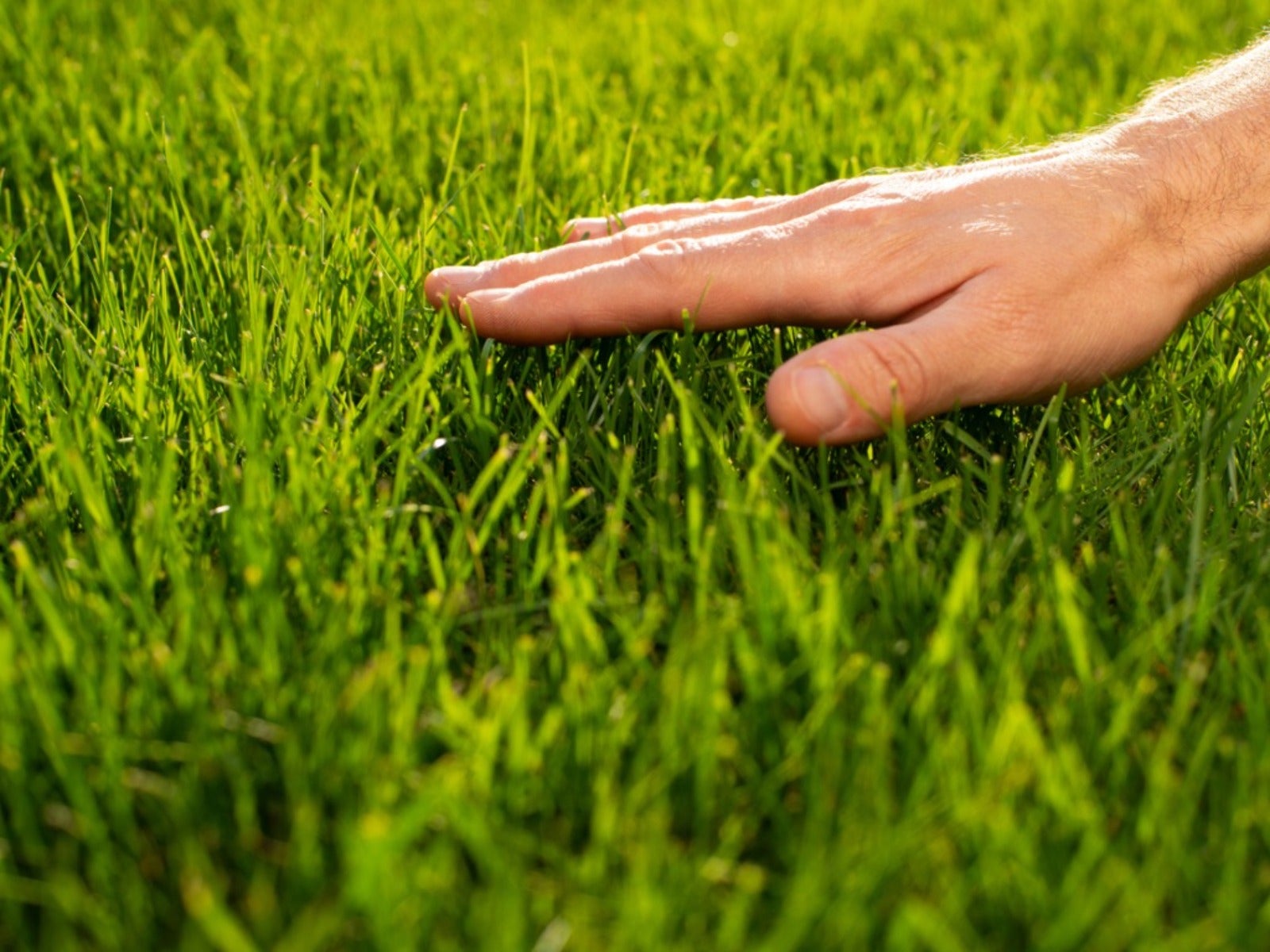 How To Grow A Sustainable Lawn
How To Grow A Sustainable LawnAdjust your thinking about a perfect green lawn and consider more sustainable methods. Click here to learn how.
By Mary Ellen Ellis
-
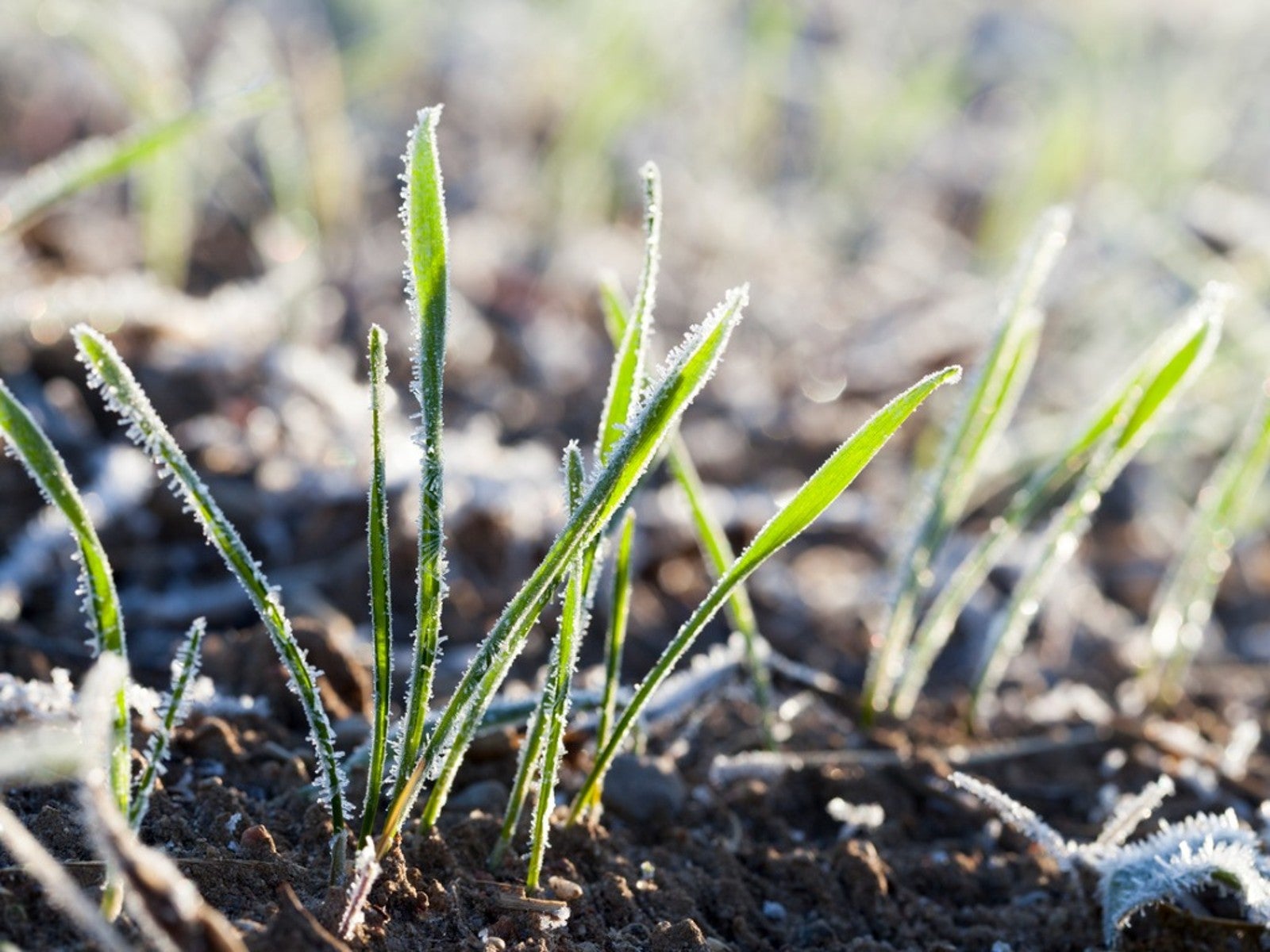 Will Frost Kill Grass Seed And How To Help New Turf Survive
Will Frost Kill Grass Seed And How To Help New Turf SurviveLearn how to help your newly sown grass survive frost and freezing weather.
By Amy Grant
-
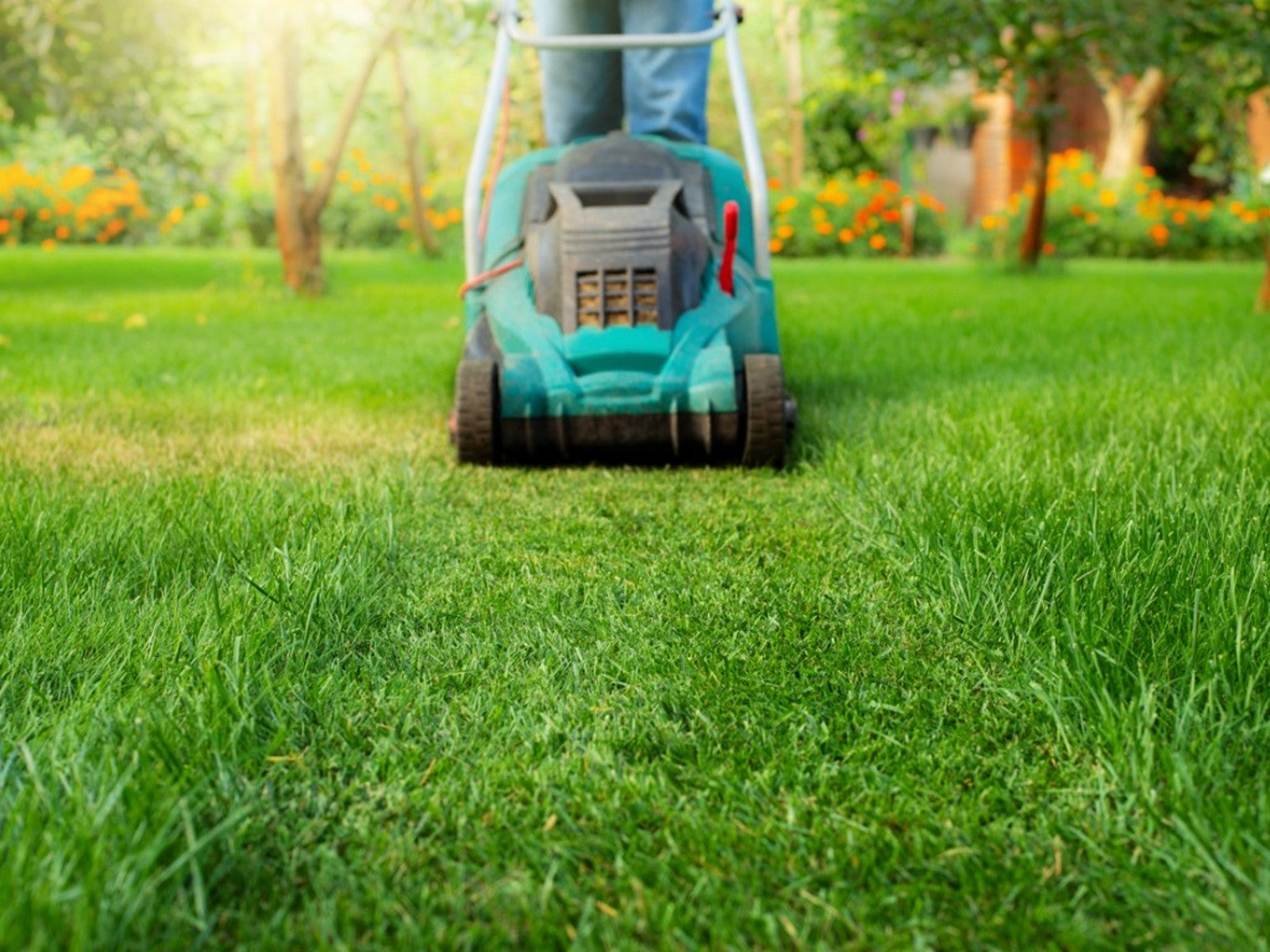 Lawn Problems That Aren’t Really Problems
Lawn Problems That Aren’t Really ProblemsYour lawn may not require as much work as you think. Learn which common problems aren’t really problems.
By Teo Spengler
-
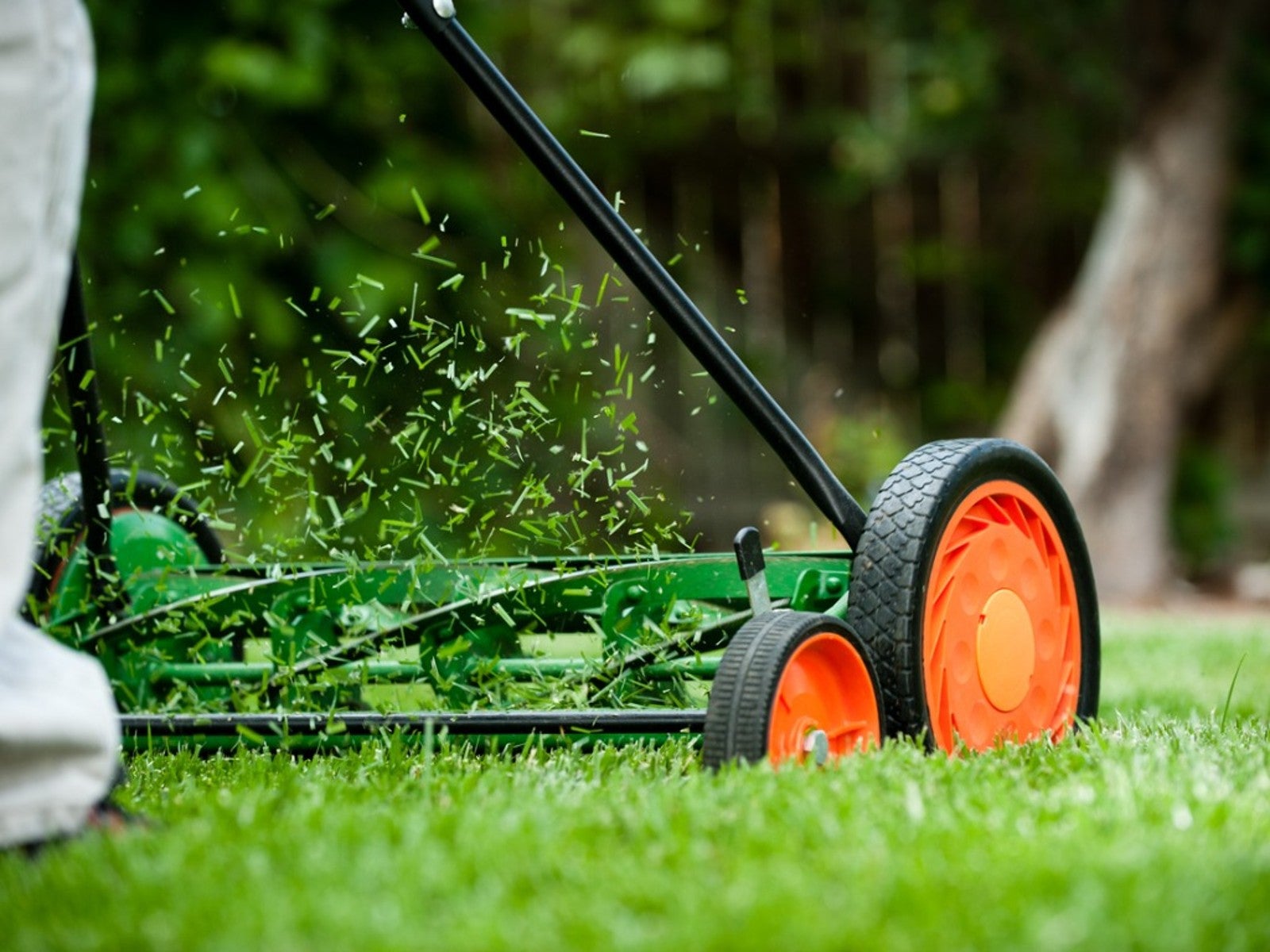 Why A Manual Push Mower Is Good For You And The Environment
Why A Manual Push Mower Is Good For You And The EnvironmentReel mowers are making a comeback, but why? Click here to learn about reel mower pros and cons.
By Amy Grant
-
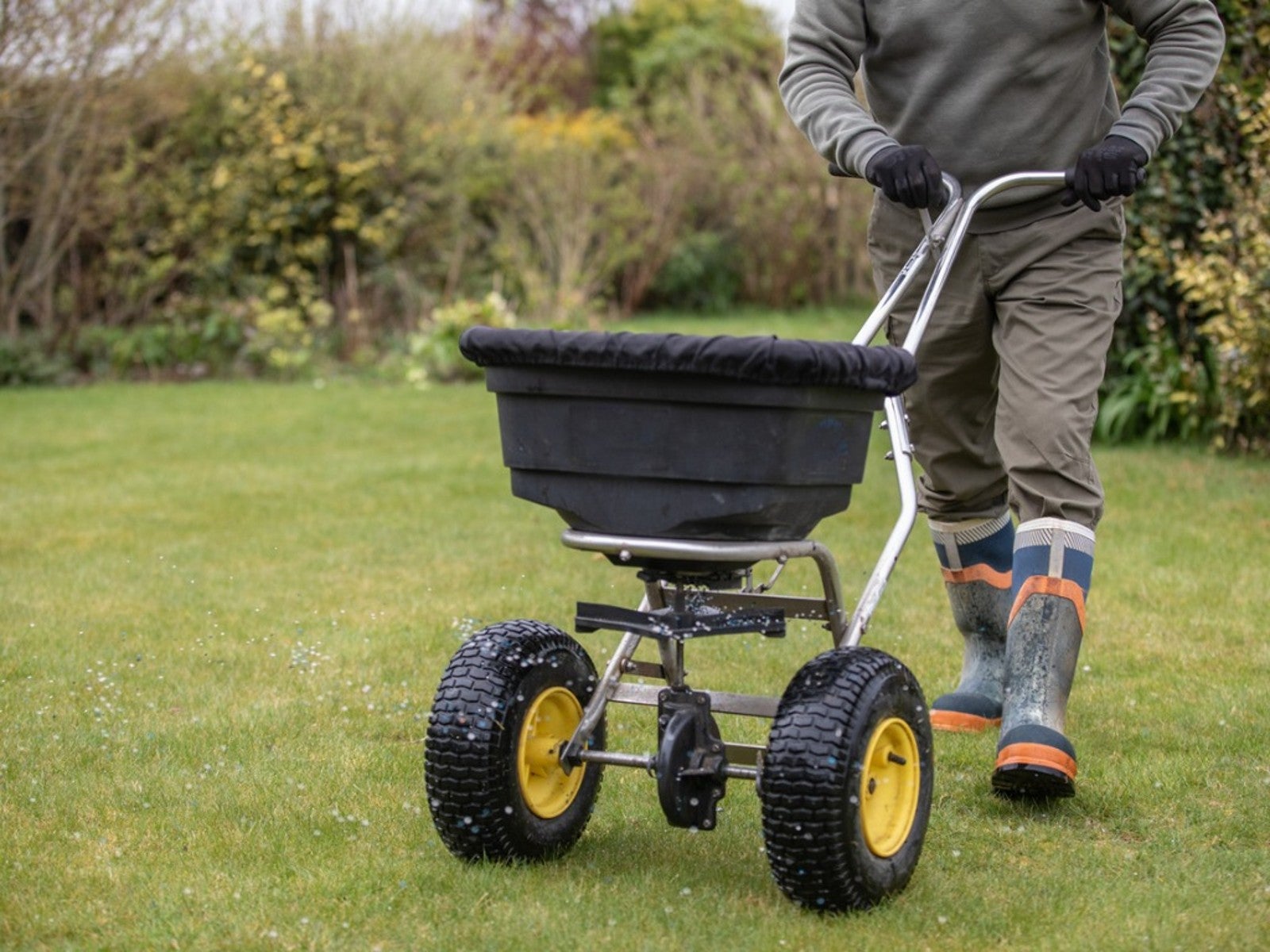 Fertilize Grass In Fall For A Lush Lawn In Spring
Fertilize Grass In Fall For A Lush Lawn In SpringFor everything you need to know about fertilizing your lawn in the fall, click here.
By Susan Albert
-
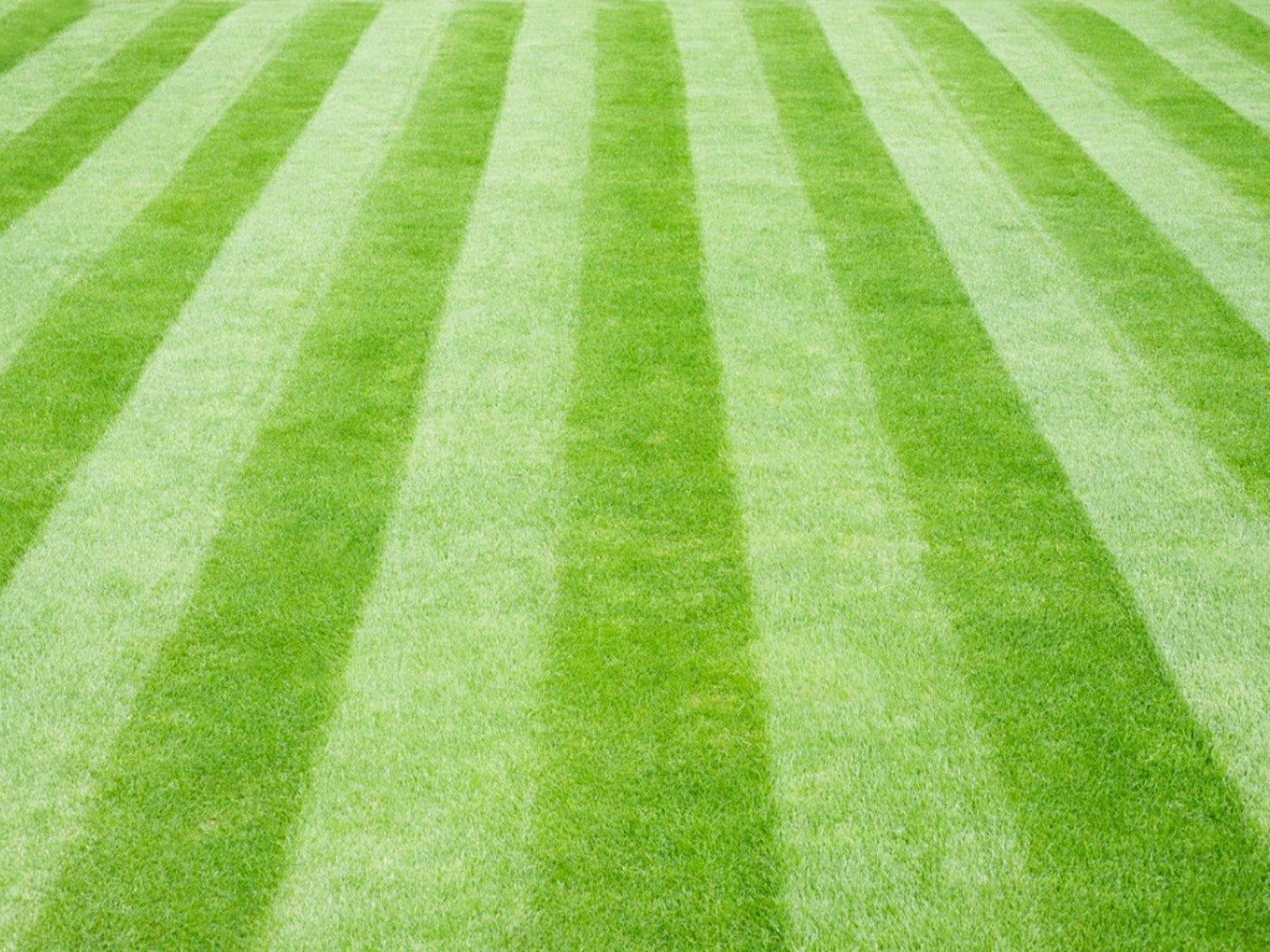 Tips For Mowing Stripes In Lawn
Tips For Mowing Stripes In LawnWouldn’t it be great to have stripes in your lawn like a sports field? Learn how here.
By Susan Albert
-
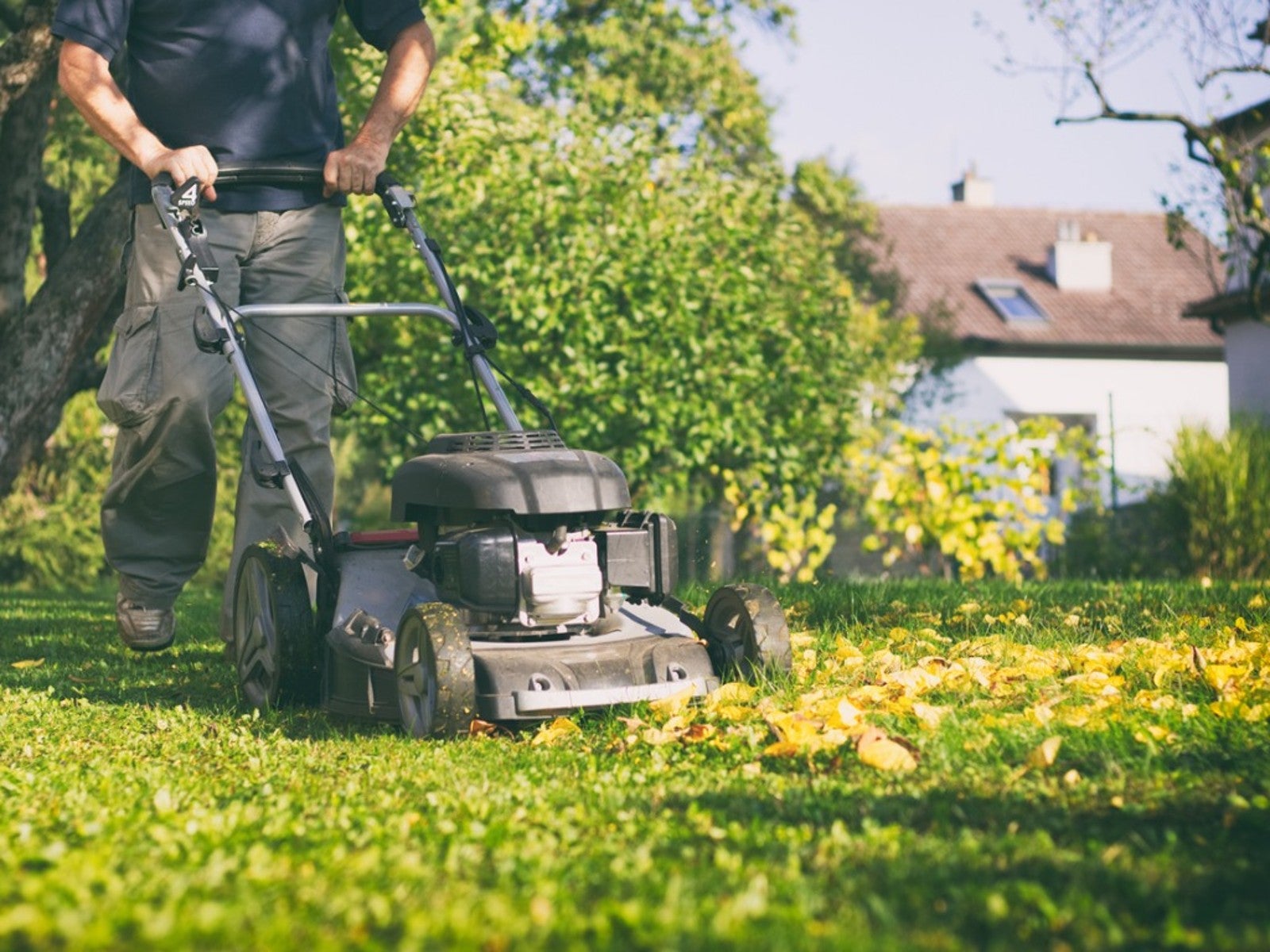 Late Summer Lawn Care Checklist
Late Summer Lawn Care ChecklistPlan to do some late summer care and maintenance of your lawn so it will be healthy and beautiful in the spring. Here are some tips.
By Laura Miller